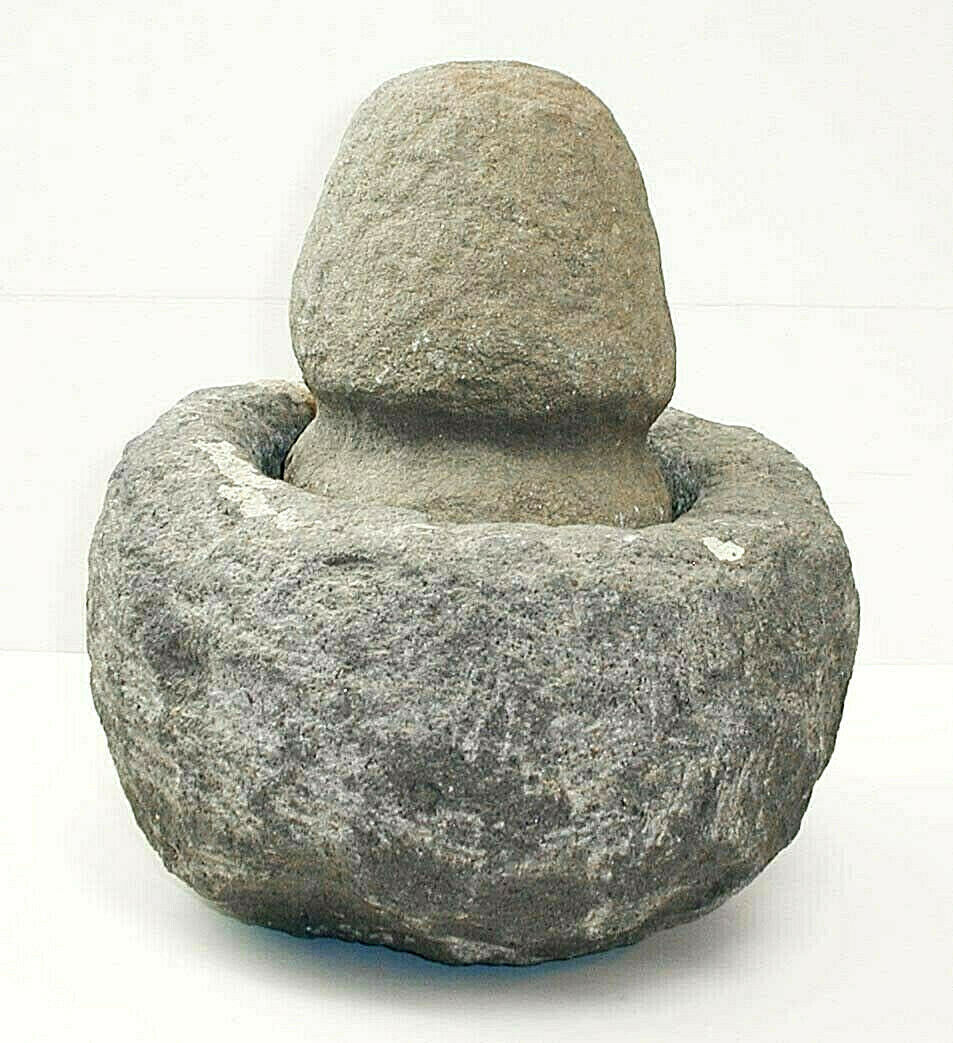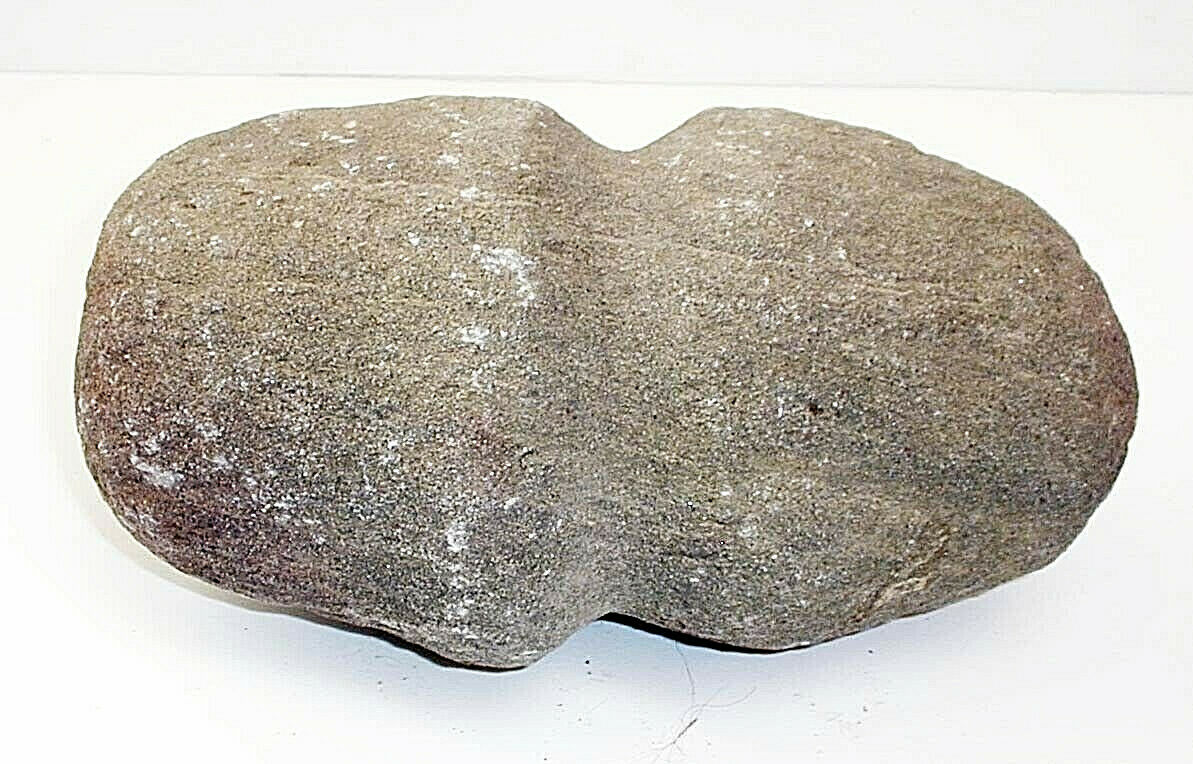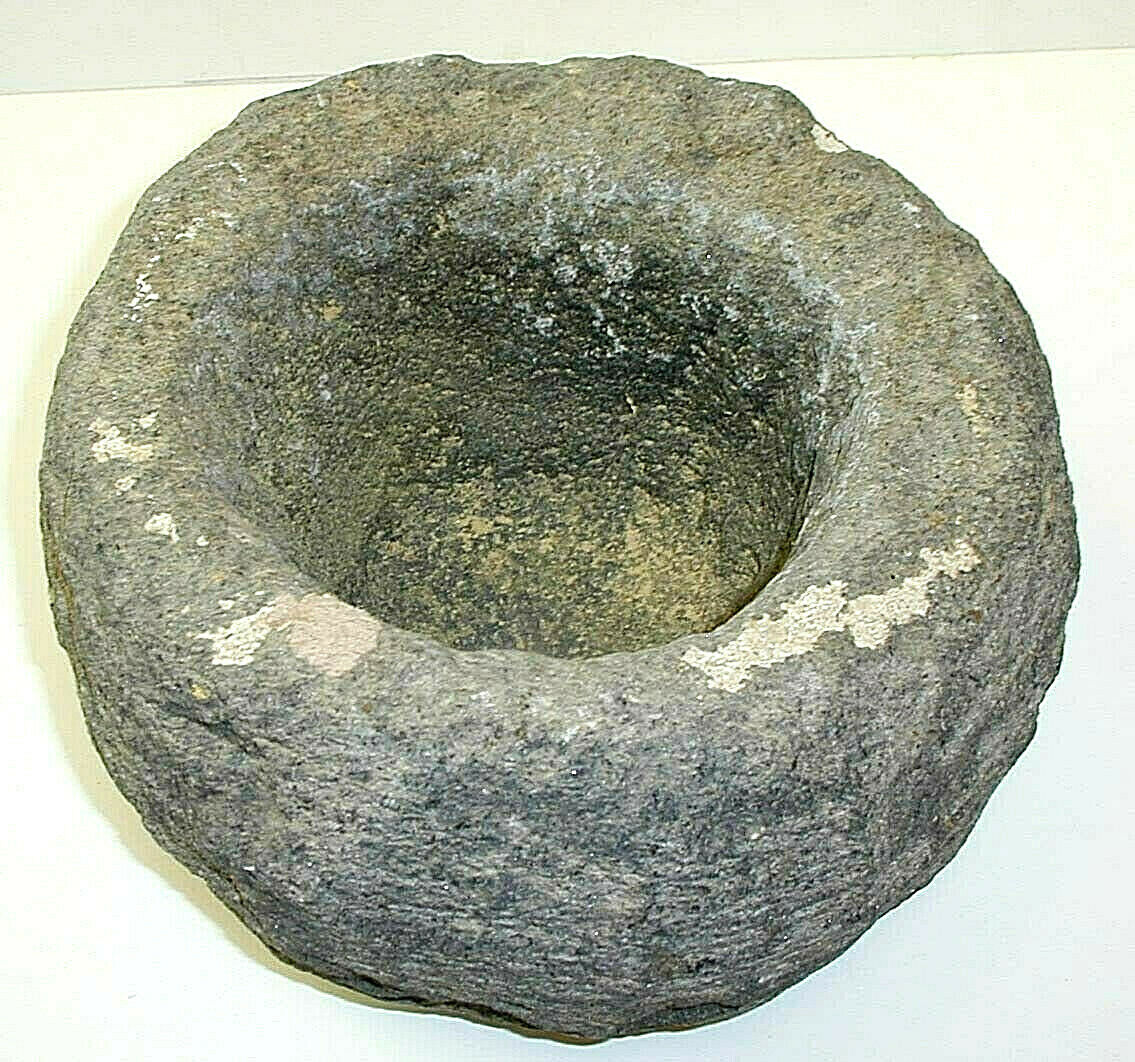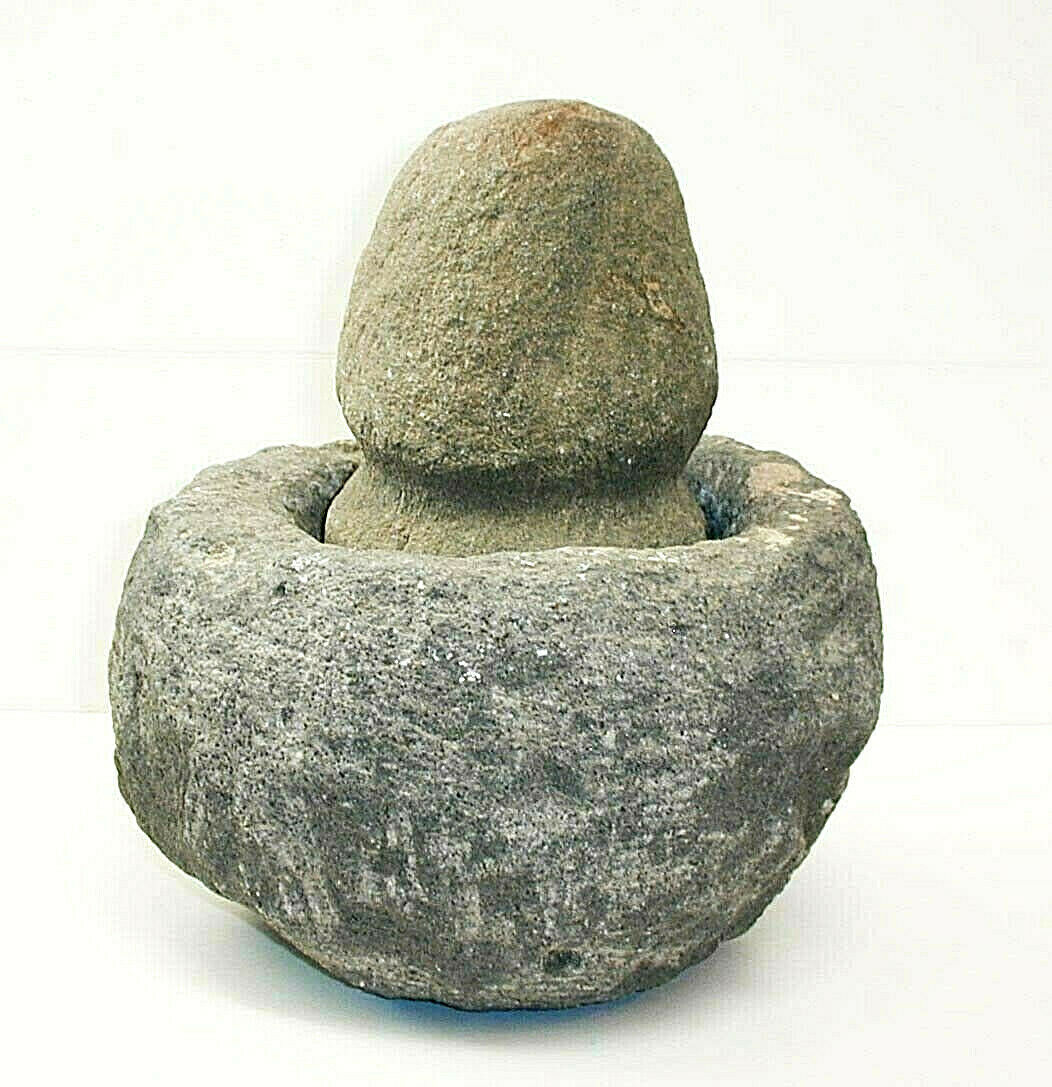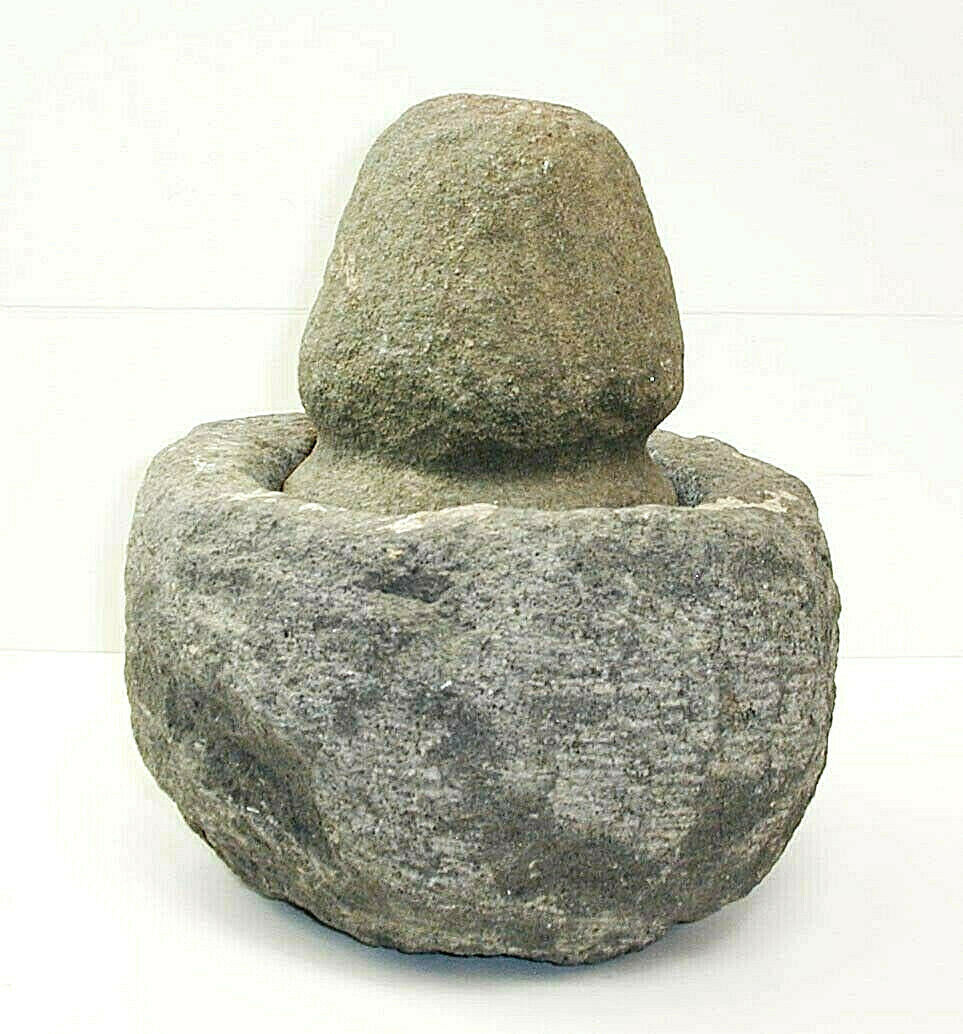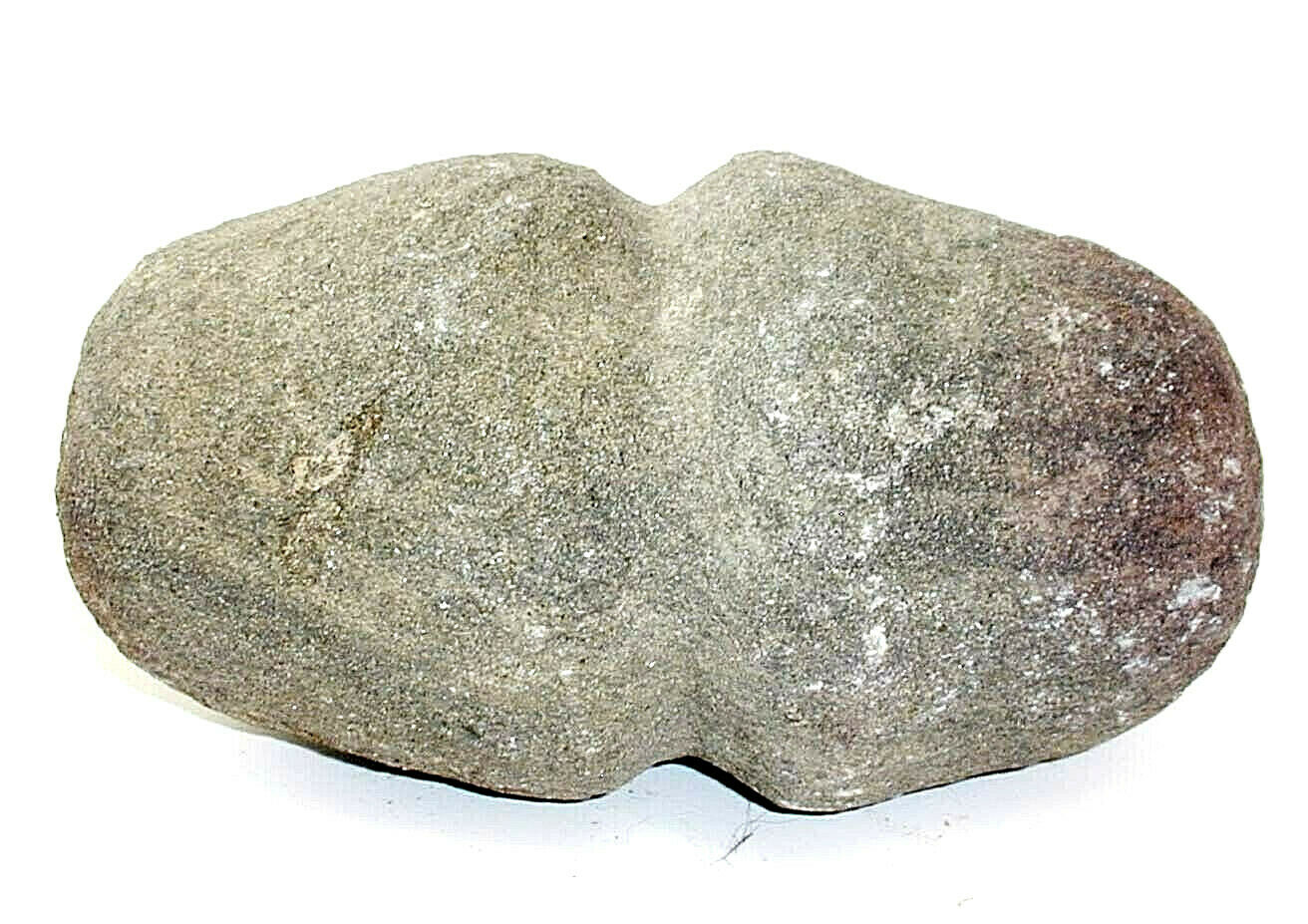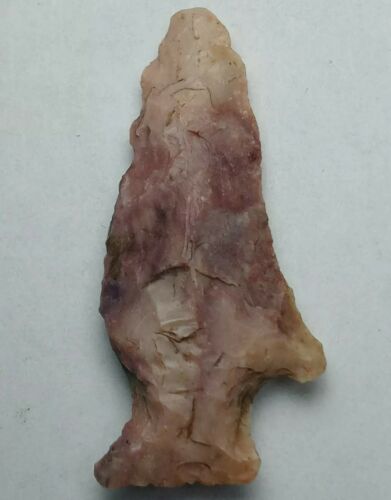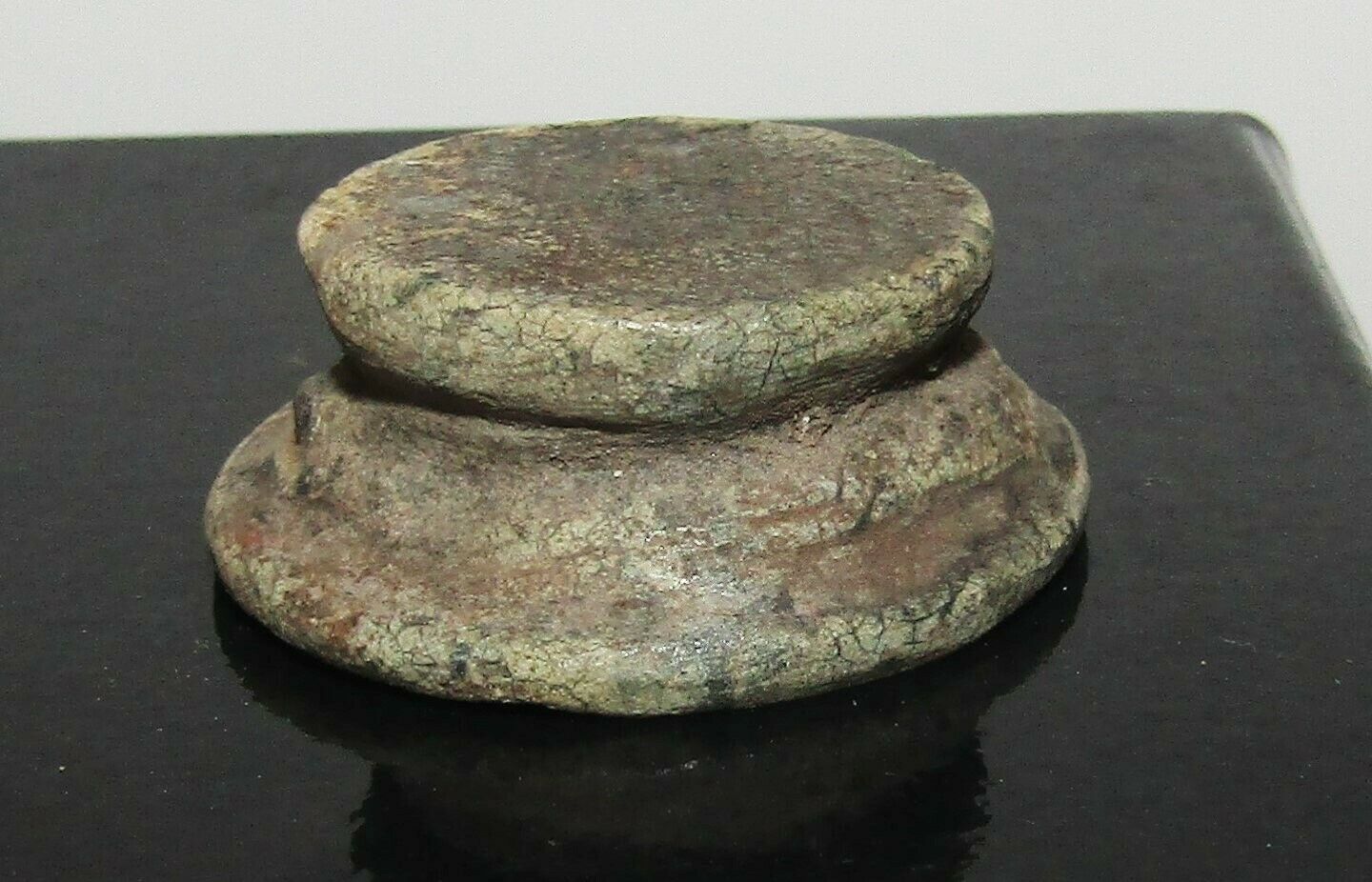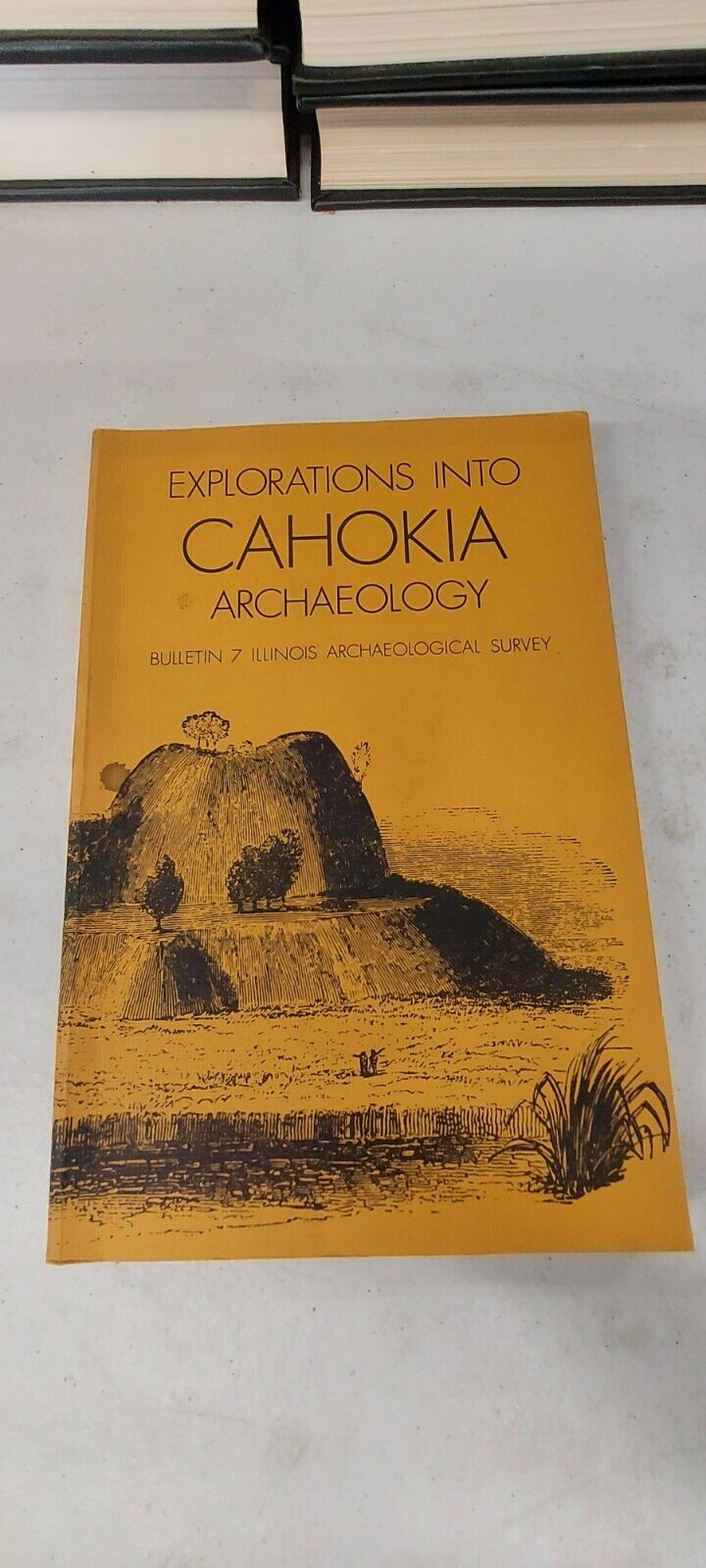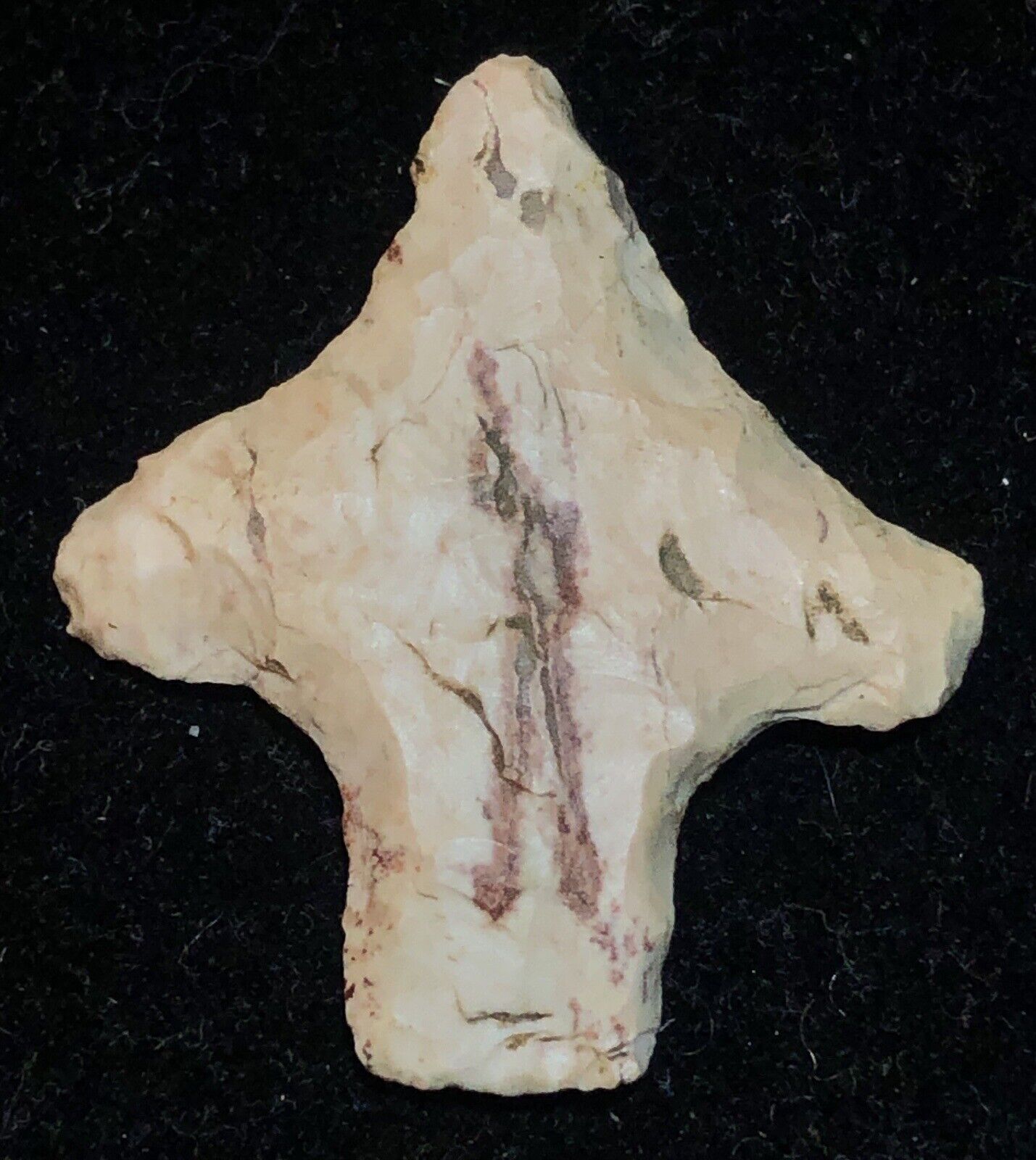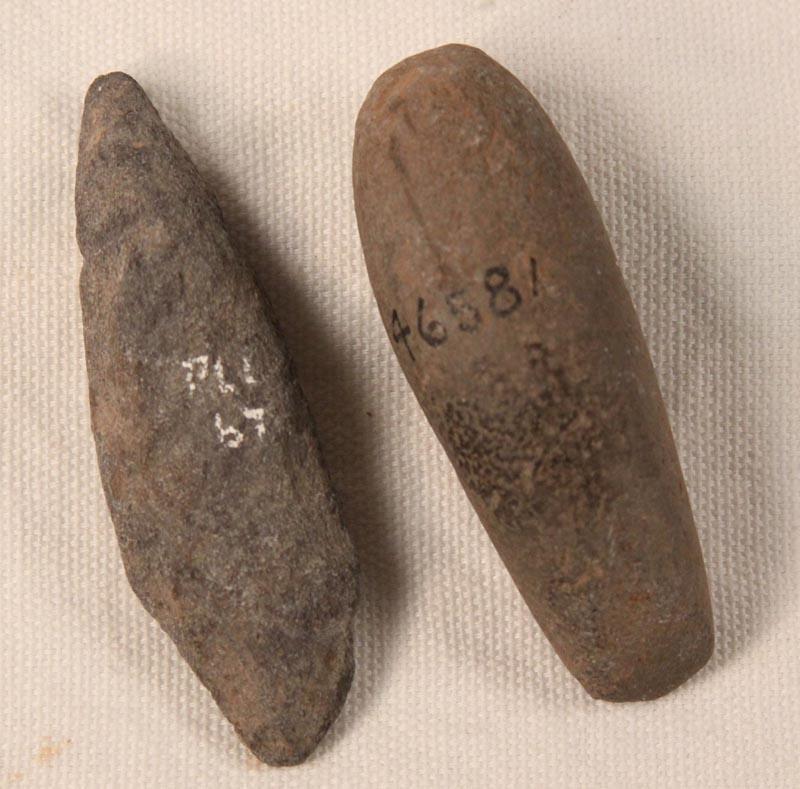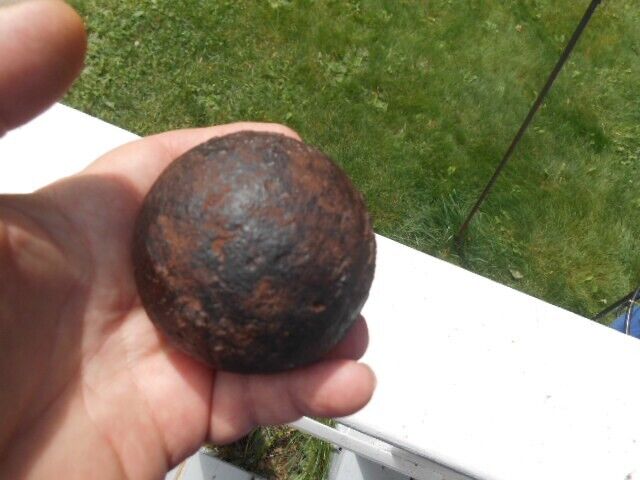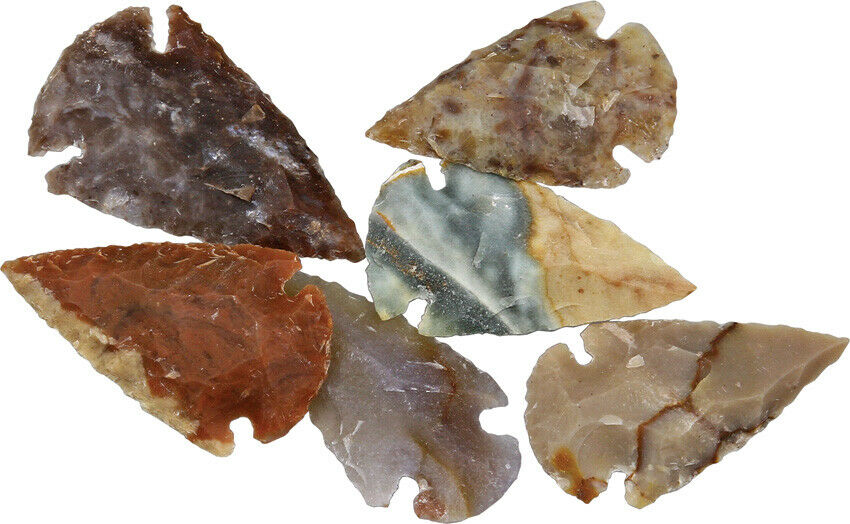-40%
20% OFF Taos Pueblo Artifact MORTAR AND PESTLE 'Estate Santa Fe, NM', 7.5" x 5"
$ 314.16
- Description
- Size Guide
Description
20% OFFORIGINAL AND VINTAGE
.............
TAOS PUEBLO ARTIFACT.
............
'MORTAR [METATE] AND PESTLE', 7.5" x 5".............
ESTATE OF WILLIAM PENHALLOW HENDERSON, SANTA FE, NM..................
This is an Original and Vintage mortar [metate] and pestle from the estate of the painter and architect William Penhallow Henderson, 1877-1943. The mortar ( 7.5" x 5" ) and pestle ( 7" x 4" ) were purchased sometime between 1910 and 1930, when Henderson was actively buying artifacts, according to his daughter's estate. Original condition from the estate. Complete.
The Biography Follows:
William Penhallow Henderson's first experience with Santa Fe occurred when he was a young boy in the early 1880s. During a brief period when the Henderson family attempted a cattle-ranching enterprise in Texas, Mrs. Henderson took young Willie on a wagon ride to distant Santa Fe. There he saw for the first time what was destined to become his home some thirty years later, and more importantly, the place where he would eventually find his stylistic identity as a modern American artist.
The Hendersons returned to Medford, MA, William's birthplace in 1886. While in high school, Henderson studied in addition to art, civil engineering and comparative religion, interests that would remain with him for the rest of his life. He continued his education at the Boston Museum School, then headed by the well-respected American Impressionist painter, Edmund C. Tarbell. Tarbell trained young Henderson in the mechanical aspects of academic painting, instilling in his pupils the technical principals of the European masters. Thus the foundations were laid for Henderson's later reputation as a master technician.
Henderson received several scholarships as an accomplished art student, most importantly the Paige Traveling Scholarship, which allowed him to study in Europe. In keeping with his solitary nature, Henderson did not join a specific atelier while in Europe. Instead he chose to explore the museums and galleries on his own assiduously studying both the Old Masters as well as the contemporaries of his time. He was moved by the works of Whistler whose influences are clearly present in Henderson's early works. And he held a particular admiration for Velasquez, whose works he spent hours copying. During this time he voraciously produced his own sketches and paintings as well.
Some view his European pastel sketches as records of his discovery of pure color; a discovery which sustains Henderson's career and later establishes him as a master colorist in Santa Fe. The inspiration of Whistler's impressionism combined with the new-found freedom of non-representational emotive color initiated Henderson into a new realm of aesthetics: color used to define form, but color always bound by the forms of nature.
Upon his return to America in 1904, Henderson accepted a teaching position at the newly formed Chicago Academy of Fine Arts, where he would remain for the next twelve years. During his first year in Chicago, his European masters. Despite his time-consuming commitment as a teacher, Henderson maintained a disciplined production of works of art that earned him a reputation of a rising young painter of importance.
Also in 1904, Henderson met Alice Corbin, a young poet and reviewer who would later be a founder, along with Harriet Monroe of the infamous Poetry magazine. They married a year later. During this period commissioned portraiture occupied much of Henderson's time, with the exception of one significant interruption. In the summer of 1904, Henderson traveled to Mexico and Arizona by rail. Henderson, inspired by the Mexican culture and the splendor of the southwest, produced thirty works during this trip, including his first paintings of American Indian (Hopi) subjects that were to be so important later in his life.
In 1916, Alice Corbin was diagnosed with tuberculosis. There were few tuberculosis treatment centers in the U.S. at that time. Perhaps because of Henderson's predisposed affinity for the Southwest, they chose the Sunmount Sanitorium in Santa Fe and subsequently moved into a small adobe house near the bottom of Camino Del Monte Sol.
In January of 1917, Henderson's views of New Mexico went on exhibit at the Roullier Galleries in Chicago. The show prompted a series of excited reviews and speculations that Henderson had "…found something new in that historic land." The Chicago Herald commented that "Those who have been there feel that Mr. Henderson has caught the spirit and air of the place more than the other artists. [Henderson] gets his sunshine effect through his design and really lovely color and goes a step farther in giving atmosphere. One knows that his figures and churches were painted outdoors under a New Mexico sky…"
Despite the favorable reviews, distance from the major art markets of the time effected the sales of Henderson's works. He turned to architecture and the decorative arts to sustain him financially, while continuing to produce paintings. In 1925, Henderson formed the Pueblo-Spanish Building Company through which he planned and built several structures in Santa Fe and elsewhere. Some of the most notable are The Miss Elizabeth and Martha White compound on Garcia street (now the School of American Research), the House of Navajo Religion (now the Wheelwright Museum of American Indian Art), and the renovation and extension of Santa Fe's historic Sena Plaza, a landmark of Santa Fe style.
Henderson was also prolific in his design and production of handmade furniture. He supplied hand-made furniture and cabinetwork to clients throughout the Southwest as well as Boston and New York. Most artists who came to Santa Fe during the first decades of the century made the move based on artistic conscience. Henderson's relocation was circumstantial and he originally feared that such a remote address as Santa Fe would precipitate a serious digression in his career. But it is clear from the quality of Henderson's prolific production during the Santa Fe years, from 1916 to his death in 1943, that the particular brand of isolation Santa Fe imposed on him was inspirational.
The journey of Henderson's life led him from a traditional, technically-oriented painting education as a student in Boston to Europe, the home of the Old Masters as well as the new Fauves and Cubist, to his spiritual home in Santa Fe, where he found his stylistic place, between naturalism and abstraction, bridging realism and romanticism.
As ever this is guaranteed 100% money back, to be as represented.
